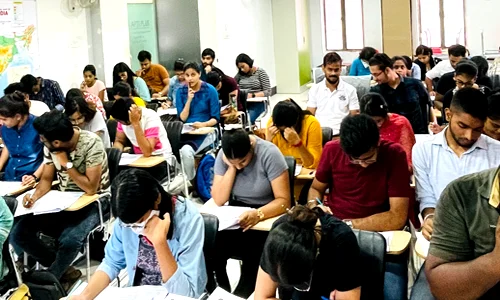



A meat tax is being proposed globally as a climate policy tool to reduce the environmental impact of livestock, a sector responsible for 12–19% of global greenhouse gas emissions, especially methane. The tax aims to curb overconsumption—particularly in high-income countries—internalise ecological costs like deforestation and land degradation, and generate revenue for climate action such as the Loss and Damage Fund. However, its implementation faces challenges including political resistance, livelihood concerns for farmers, cultural sensitivities, equity issues for low-income consumers, and difficulties in measuring emissions accurately. While the tax offers a pathway toward sustainable and climate-resilient food systems, it requires careful design to ensure fairness and effectiveness.
Click to View MoreCOP30 adopted the Just Transition Mechanism, a win for developing countries seeking equity in climate action. But the mechanism lacks timelines, clear functions and, crucially, funding from developed nations. Without finance, it risks becoming an empty shell, leaving nations like India without support for a fair energy transition.
Click to View MoreA PLOS Climate update reveals India has warmed by 0.9°C since 1901, leading to intensified Arabian Sea cyclones, rising marine heatwaves, and Himalayan ice loss. Urgent action is needed for adaptation, resilient infrastructure, and climate-smart agriculture to safeguard water security and coastal communities.
Click to View MoreIn 2024, India recorded the largest absolute increase in greenhouse gas emissions globally, making it the third-largest emitter after China and the U.S. Despite this, India’s per capita emissions remained less than half the global average, reflecting relatively low emissions intensity. The rise was driven mainly by fossil fuel use in power generation, industry, and transport, along with methane from agriculture and deforestation. This highlights the challenge of balancing economic growth with climate responsibility.
Click to View MoreThe UNEP Emissions Gap Report 2025 warns that weak national pledges keep the world on a 2.3–2.5°C warming path. Global emissions rose 2.3% in 2024, widening the gap to the 1.5°C goal amid poor implementation, limited finance, and stalled G20 climate action.
Click to View MoreIndia is developing a Climate Finance Taxonomy to guide sustainable investments and bridge a $170 billion annual climate finance gap by 2030. A CSEP report emphasizes that the taxonomy must be practical, inclusive, and aligned with domestic priorities while remaining credible to global investors. Key recommendations include supporting MSMEs, integrating adaptation finance, promoting indigenous innovations, and ensuring coordination between RBI, SEBI, and the Ministry of Finance. The framework should be dynamic, evolving with technology and market needs to effectively channel finance toward India’s real climate goals.
Click to View More
© 2025 iasgyan. All right reserved